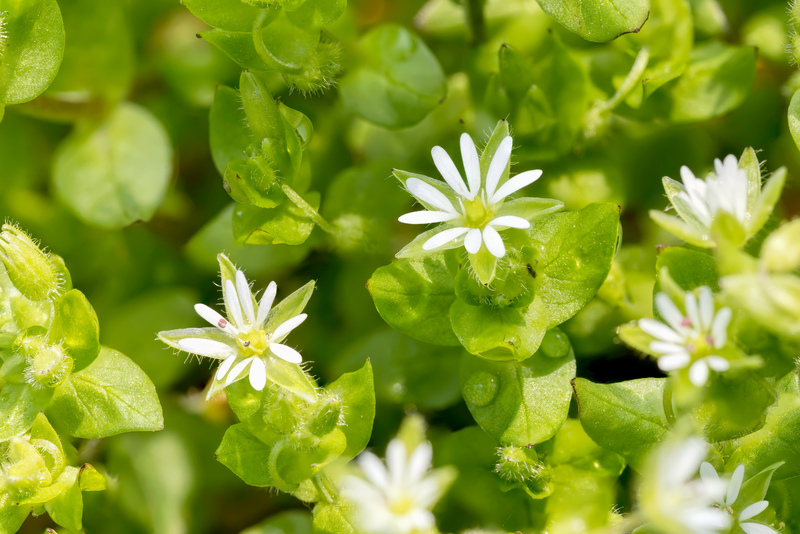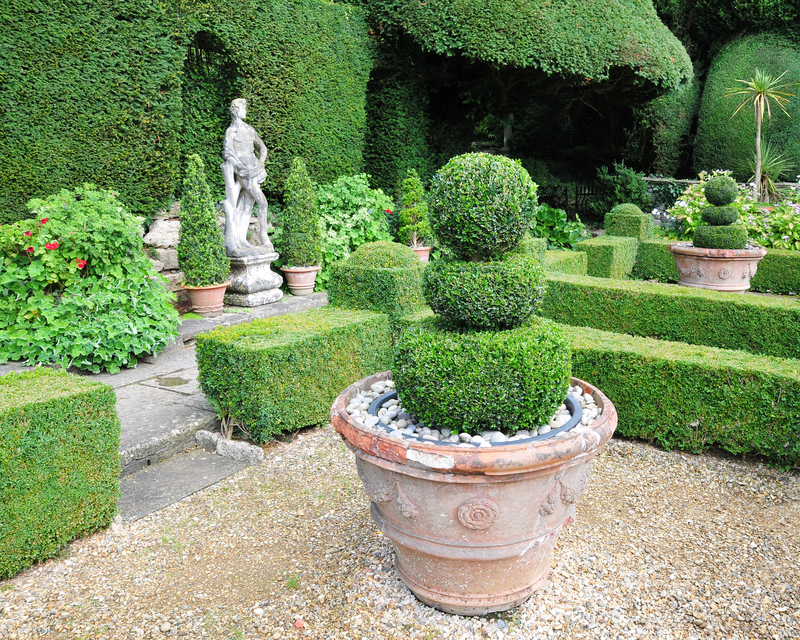Intermediate Flower Growing Tips
Posted on 18/11/2024
Intermediate Flower Growing Tips
Growing flowers can be both a rewarding hobby and a fascinating science. For those already familiar with the basics and looking to elevate their gardening skills, this guide delves into intermediate flower growing tips. These insights aim to optimize your horticultural efforts and ensure a flourishing garden.
Understanding Your Soil
Knowing your soil type is fundamental. While beginners often overlook this aspect, intermediate gardeners understand the pivotal role soil plays in plant health. Most flower varieties thrive in well-drained, loamy soil rich in organic matter.
1. **Performing a Soil Test**: Conducting a soil test allows you to determine your soil's pH and nutrient content. Most flowers prefer slightly acidic to neutral soil (pH 6.0-7.0). Kits for testing soil are readily available at garden centers.
2. **Amending Soil**: Based on your soil test results, you may need to amend your soil. Adding compost or well-rotted manure can improve soil structure and fertility. For pH adjustments, lime can raise pH while sulfur can lower it.

Choosing the Right Flowers
As an intermediate gardener, you're ready to expand your flower repertoire. Here are some considerations to help you select the appropriate plants:
1. **Climate Compatibility**: Ensure the flowers you choose are suitable for your climate zone. Refer to the USDA Plant Hardiness Zone Map to identify plants that are best adapted to your local conditions.
2. **Growth Habits and Requirements**: Understand the growth habits (e.g., perennial vs. annual, sun vs. shade) and specific care needs of each flower variety. This helps in designing a balanced and sustainable garden.
Advanced Planting Techniques
Intermediate gardeners can take advantage of more sophisticated planting methods to enhance growth and bloom.
1. **Succession Planting**: This technique involves planting flowers in intervals to ensure continuous blooms throughout the growing season. Start by planting early-blooming species, followed by mid- and late-season varieties.
2. **Companion Planting**: Pairing flowers that benefit each other can maximize garden health and productivity. For example, marigolds can deter pests that might plague nearby plants.
3. **Raised Beds and Containers**: For optimal flower growth, especially in poor soil conditions or limited space, consider using raised beds and containers. These methods allow you to control soil quality and drainage more effectively.
Watering Wisely
Effective watering strategies can significantly impact your garden's success:
1. **Drip Irrigation**: Installing a drip irrigation system ensures your flowers receive consistent moisture without oversaturating the soil. This method conserves water and reduces the risk of fungal diseases.
2. **Morning Watering**: Watering in the early morning allows plants to absorb moisture before the heat of the day sets in. This reduces water evaporation and minimizes the risk of mildew and other fungal diseases.
3. **Deep Watering**: Instead of frequent shallow watering, aim for deep watering sessions. This encourages roots to grow deeper into the soil, fostering more robust plants.
Fertilization and Mulching
Fertilization and mulching are essential practices for maintaining a healthy flower garden:
1. **Choosing the Right Fertilizer**: An intermediate gardener should understand the specific nutrient needs of different flower species. Balanced fertilizers (e.g., 10-10-10) are suitable for most, but certain flowers may need higher potassium or phosphorous levels.
2. **Organic vs. Synthetic Fertilizers**: Decide whether to use organic fertilizers (e.g., compost, bone meal) or synthetic ones. Organic options improve soil health over time, whereas synthetic fertilizers offer immediate nutrient uptake.
3. **Mulching**: Applying a layer of mulch around your flowers helps retain soil moisture, regulate soil temperature, and suppress weeds. Organic mulches like straw, bark, and compost also break down into valuable soil nutrients.
Pest and Disease Management
Even the most well-tended gardens can fall prey to pests and diseases. Intermediate gardeners should employ proactive strategies:
1. **Integrated Pest Management (IPM)**: This environmentally friendly approach combines biological, cultural, physical, and chemical tools to manage pests. For example, introduce beneficial insects like ladybugs and lacewings that prey on common garden pests.
2. **Regular Inspections**: Regularly inspect your flowers for signs of pests and disease. Early detection can prevent small issues from escalating into major problems.
3. **Non-Toxic Treatments**: Use non-toxic treatments whenever possible. Horticultural oils, insecticidal soaps, and neem oil can be effective against many pests without harming beneficial insects or the environment.
Pruning and Deadheading
Pruning and deadheading are crucial for maintaining flower health and promoting vigorous growth:
1. **Pruning**: Regular pruning helps remove dead or damaged stems, allowing new growth to flourish. Each flower species has its own specific pruning needs, so research accordingly.
2. **Deadheading**: Removing spent blooms directs the plant's energy towards producing more flowers rather than seeds. Deadheading also keeps your garden looking tidy and encourages longer bloom periods.

Seasonal Care
Finally, attention to seasonal care is essential for year-round flower success:
1. **Spring Preparation**: Spring is the time to clean up your garden, prepare the soil, and start planting early bloomers. Amend the soil with compost and mulch to give new plants a nutrient boost.
2. **Summer Maintenance**: Ensure your garden stays hydrated and weed-free. Deadhead regularly and watch for signs of heat stress or pest infestations.
3. **Fall Clean-Up**: As the growing season winds down, remove any debris and dead plants to prevent diseases from overwintering. Consider planting late-blooming flowers or bulbs for next spring.
4. **Winter Protection**: In colder climates, protect perennials with a layer of mulch or cover them with frost cloths. Bring containers indoors or move them to sheltered locations.
Conclusion
Transitioning from a beginner to an intermediate flower gardener involves expanding your knowledge and refining your techniques. With attention to soil health, plant selection, advanced planting methods, strategic watering, proper fertilization, pest and disease management, regular pruning, and seasonal care, you can cultivate a vibrant and thriving flower garden. Remember, gardening is an ongoing learning process--each season offers new opportunities to grow both your flowers and your skills.






